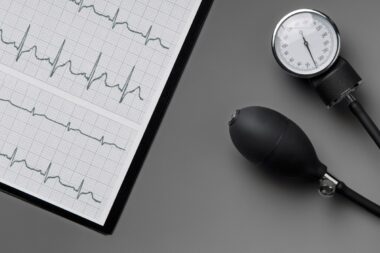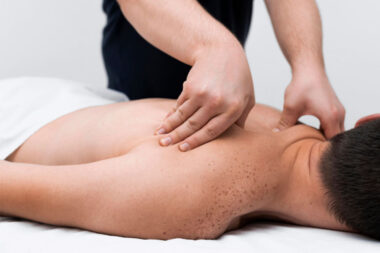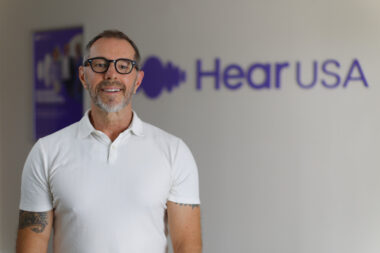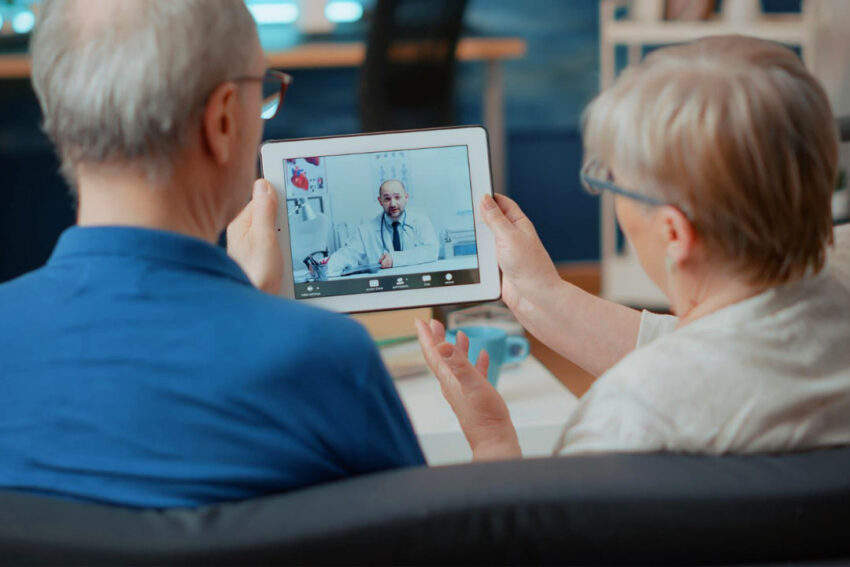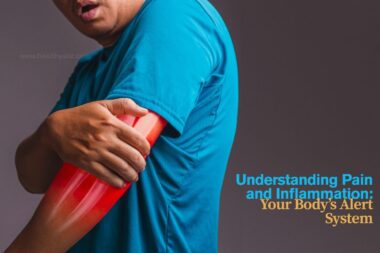In today’s fast-changing technology world, the novel concept of remote patient monitoring has arisen as a solution within the healthcare field. Thanks to this cutting-edge method, patients can take charge of their own health and wellness from the convenience of their homes.
This in-depth guide offers nine helpful hints to improve the overall experience of persons who use remote patient monitoring systems.
Allow Yourself To Benefit From The Convenience of Telehealth Visits
The idea of telehealth visits fits perfectly within remote patient monitoring thanks to its seamless integration. Because of this game-changing innovation, patients no longer have to go to the hospital or the doctor’s office in person.
Embrace the convenience of virtual appointments, which enable you to engage in meaningful conversations with healthcare professionals, receive expert counsel, and discuss your progress – all from the comfort of your own home, which you can access whenever needed.
Take Extra Precautions When Setting Up Your Monitoring Equipment
Precisely setting up monitoring equipment is vital for gathering accurate data on public health. It’s important to follow the instructions from the manufacturer of the device you’re using, whether it’s a blood pressure monitor, heart rate tracker, or any other type.
Various healthcare companies, like AccuHealth, offer these devices along with guidance on how to correctly set them up and use them. This is a crucial step to guarantee that the data you collect is reliable and stays the same over time.
Create A Pattern For The Continuous Recording Of Data
When remotely monitoring patients, consistency is one of the most important factors. Create a routine for yourself that consists of keeping track of your vital signs, symptoms, and any other information that may be relevant.
This consistency helps establish a holistic view of the trends in your health and delivers essential insights on your well-being over time to the healthcare specialists who are treating you.
Maintain An Awareness Of Your Health Metrics
Learn as much as you can about the significance of your health indicators so that you may take control of your health and well-being. Get familiar with the usual ranges for your blood pressure, heart rate, blood glucose levels, and any other metrics you might be tracking.
When you are armed with this knowledge, you will be able to quickly spot any deviations from the standard, enabling you to take preventative action.
This preventative strategy helps avoid complications and guarantees that patients get the appropriate therapy immediately.
Protect Your Information And Privacy
As you begin the process of remote patient monitoring, protecting the privacy of your personal health information will become increasingly important. Choose services that adhere to strong privacy requirements and offer robust encryption mechanisms and stringent data protection procedures.
You should change your passwords regularly and use additional security layers, such as two-factor authentication, to strengthen the integrity of your data.
Also read: Keeping Your Medical Costs Down: A Physician’s Perspective
Maintain An Open Line Of Communication With Your Healthcare Provider
It’s a common misconception that monitoring a patient remotely means the patient is left alone, but maintaining open lines of communication with their clinician is also very important.
Develop an atmosphere conducive to open conversation, in which you are free to express your worries, ask questions, and talk about any changes you have noticed in your current state of health.
Because of this collaborative approach, you will never be in the process of receiving treatment by yourself.
Utilize The Power That Data Trends Provide
The information that may be gleaned from the data collected by monitoring a patient remotely is an invaluable resource. Investigate the patterns that develop over time within your health measurements by doing so.
This analytical activity gives you and your healthcare provider the ability to make well-informed decisions regarding your treatment regimen, altering techniques as necessary in order to achieve the best possible outcomes for your health.
Seek Data Insights from Healthcare Providers
If you find yourself with inquiries concerning the data that is being monitored or the potential implications that it might carry, it is advisable to approach your healthcare provider without any hesitation.
Gaining a comprehensive understanding of the importance and relevance of this information can effectively provide you with the tools to participate confidently in the proactive management of your overall health and well-being.
Understanding Emergency Protocols
It’s crucial to have a clear understanding of the steps to take in the event of an emergency that may arise while utilizing the remote patient monitoring system.
This entails being well-versed in the specific actions to initiate, such as whom to contact within your healthcare provider’s team or whether to seek immediate medical attention.
Moreover, comprehending the process of alerting medical professionals through the monitoring system can facilitate a rapid response and appropriate intervention.
Conclusion
Individuals are given direct access to the instruments necessary for proactive health management through remote patient monitoring, which exemplifies patient-centered healthcare at its finest.
You will be able to make the most of the potential offered by this ground-breaking technology if you pay attention to and adhere to these 9 crucial pieces of advice.
Embrace the convenience, maintain constant communication, and give yourself the tools you need to manage the process of receiving healthcare with self-assurance and the ability to make well-informed decisions.
This article is published by our independent team of health and wellness pundits that publish original and informative content to empower readers to take charge of their health and embark on a physically, mentally, and emotionally balanced lifestyle.



